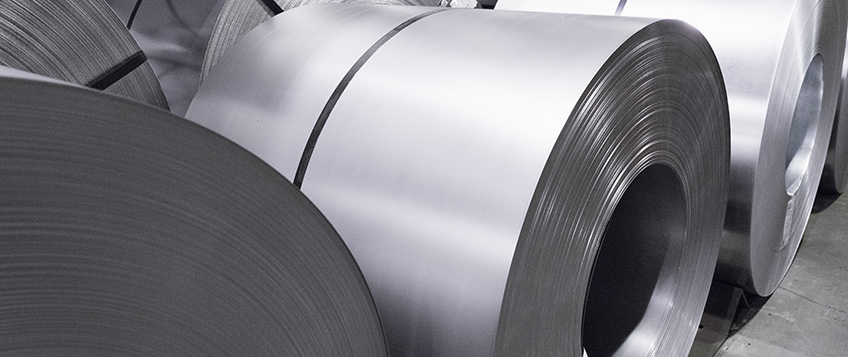Aluminium Laser Cutting with Dongguan Fuzhan Electronics Co: A Detailed Exploration+ View more
Aluminium Laser Cutting with Dongguan Fuzhan Electronics Co: A Detailed Exploration
+ View more
Date:2024-04-23 16:00
For those venturing into the domain of aluminium laser cutting, this comprehensive guide elucidates why laser cutting serves as a superior choice for shaping this versatile metal, particularly in specialized applications.
Aluminium's unique blend of characteristics — its lightweight nature, non-toxicity, resilience against corrosion and heat, coupled with excellent conductivity — renders it an ideal candidate for various industrial uses. This metal's widespread availability further consolidates its status as an economical option for manufacturing.
The Superior Precision of Laser Cutting
Among the plethora of metal fabrication techniques, custom laser cutting stands out for aluminium. The pivotal advantage lies in the unmatched precision offered by lasers, a trait that becomes exponentially beneficial when coupled with Computer-Aided Design (CAD) technology to ensure consistency in mass production.
Tackling the Reflectivity Challenge
Despite aluminium's favourable traits, its reflective quality poses a significant challenge in laser processing. The high reflectivity can lead to suboptimal cutting, potential damage to machinery, and safety concerns such as eye injuries. To address these issues, operators at Dongguan Fuzhan Electronics Co are equipped with advanced training and protective gear to mitigate risks successfully. Automated processes facilitated by fibre lasers further neutralize many of these concerns.
Ideal Industries for Aluminium Laser Cutting
Aluminium finds its niche in industries where components must be light yet robust, capable of withstanding elevated temperatures, and exhibit versatility. Often hailed as the 'miracle material', here are some sectors where aluminium's laser-cut parts are indispensable:
- Computing: Aluminium is favoured for computer parts due to its lightweight profile and thermal dissipation capabilities, enhancing portability and reducing overheating.
- Electronics: Leveraging its heat management properties, aluminium serves as the backbone for electrical enclosures and conductive components.
- Automotive and Aerospace: In transportation, aluminium contributes to the creation of lightweight yet durable parts like chassis and fuselage elements.
- Medical: The medical field relies on aluminium for crafting corrosion-resistant, high-strength equipment.
- Consumer Goods: From home appliances to decorative items and furniture, aluminium's durability makes it a staple material.
Choosing the Right Laser for Aluminium Cutting
When it comes to slicing through aluminium, two main laser types are in play: fibre lasers and CO2 lasers. Businesses may have varied preferences, often influenced by the material's thickness and the required pace of production.
Benefits of CO2 Lasers
CO2 lasers harness carbon dioxide molecules to generate a potent infrared beam suitable for metal cutting and detailed engraving. They excel at cutting through thicker metal sections but require regular gas replenishment and are less energy-efficient than fibre lasers.
Advantages of Fibre Lasers
Named after their core component, optical fibres, fibre lasers amplify light beams through fibreglass diodes. They offer several advantages:
- Precise and clean cuts
- High-speed operation ideal for large volume commercial tasks
- Minimal maintenance with extended operational lifespans
- Economic efficiency due to reduced waste and upkeep
Fibre lasers primarily cater to thin and medium-thick metal sheets, while CO2 lasers can handle slightly bulkier materials.
Dongguan Fuzhan Electronics Co’s Precision Aluminium Cutting Services
Dongguan Fuzhan Electronics Co, a trusted metal fabrication partner in China, proudly offers precise aluminium laser cutting services for a global clientele. By leveraging advanced laser technology, we're capable of producing finely cut aluminium products in vast quantities with strict adherence to quality standards. Here's why our service excels:
- Utilization of state-of-the-art fibre lasers equipped to run continuously, meeting substantial Minimum Order Quantities (MOQs) within agreed timelines.
- Capability to handle diverse product sizes thanks to our expansive flatbed laser size bed dimensions.
- Adherence to stringent quality control checks within our double ISO-accredited manufacturing facility.
- Rapid processing enabled by our automated laser system, ensuring swift project turnarounds without compromising quality.
For inquiries or to delve deeper into our aluminium cutting solutions, reach out to the team at Dongguan Fuzhan Electronics Co. Connect with us via email at rain@top-sgroup.com or call us at 86-0769-82129186.
FAQs about Aluminium Laser Cutting
What is the maximum thickness for laser cutting aluminium?
The cutting capability depends significantly on the metal's specific attributes and the laser's power output.
What laser power is necessary for cutting aluminium with a fibre laser?
Our laser systems are efficient at both 3kw and 6kw, catering to a variety of cutting needs.
What does laser cutting entail, and how does it work technically?
Laser cutting employs a highly focused beam of thermal heat, contrasting with CNC methods that use physical contact to shape metals. Lasers provide non-contact cutting, which is precise and efficient.
What are the costs associated with laser cutting aluminium?
Cost is variable, influenced by factors such as product complexity, aluminium thickness, quantity, and turnaround time. Contact us to discuss your requirements and receive a tailored quote.
Share to:
Recommend wonderful blog posts

